Energy
"The Real Deal": Echten grünen Strom durch Power-Purchase-Agreements beziehen
By
Rahel Kunkel
27.10.2021

9
Min.

Green PPA?! Anglizismus und Abkürzung in einem... wir erklären kurz was das bedeutet.
Power-Purchase-Agreements, kurz: PPA, sind in der Energiewirtschaft gerade in aller Munde. Im Grunde sind PPAs langfristige Stromlieferverträge zwischen zwei Parteien: Energieerzeuger und Energielieferant, Energieerzeuger und Endverbraucher oder Energielieferant und Endverbraucher. Um das Konzept "PPA" bzw. "green PPA" besser zu verstehen, werden die Begriffe "Energieerzeuger", "Energielieferant", und "Endverbraucher" kurz definiert.
1. Als Energieerzeuger, werden die Anlagenbetreiber verstanden, also diejenige, die tatsächlich den Strom produzieren.
2.Energielieferanten kaufen den Energieerzeugern eine gewisse Strommenge ab, vermarkten diese und verkaufen sie an den Endverbraucher.
3.Endverbraucher sind diejenigen, die tatsächlich die Energie am Ende nutzen und einsetzen.
Am meisten verbreitet sind jedoch PPAs zwischen Energieerzeuger und Energielieferant.
Heute sind PPAs in Deutschland noch nicht sehr bekannt. Mit dem Auslaufen der ersten Anlagen aus der EEG-Förderung, dem immer weiteren Absinken der staatlichen Förderung in Verbindung mit dem hohen regulatorischen Aufwand, werden PPAs in Zukunft auch in Deutschland immer wichtiger und rücken somit in den Fokus vieler Betreiber von erneuerbaren Erzeugungsanlagen (also Energieerzeugern) sowie Energieversorger (wie z.B. Energielieferanten).
Das Konzept "PPA"
Die meist lange Laufzeite eines PPA zwischen Stromlieferanten und Anlagenbetreiber lässt beide Seiten profitieren. Über die Vertragslaufzeit wird ein fester Vergütungssatz festgelegt und somit, durch die Festpreisgarantie, auch das Risiko zur Finanzierung neuer Anlagen oder Refinanzierung bestehender Anlagen minimiert.
Normalerweise liegt die Laufzeit von PPAs bei Neuanlagen 20 Jahre, bei PPAs mit bereits bestehenden Anlagen, etwa solche, die jetzt aus der EEG-Förderung fallen, bei 1-5 Jahre.

PPAs für Neuanlagen
Da die Finanzierung für erneuerbare Energien Erzeugungsanlagen durch die Volatilität der Erzeugung sehr risikoreich ist, bilden PPAs eine attraktive Alternative zur EEG-Förderung. Vor allem, weil die staatliche Förderung immer weiter abnimmt, erscheint es für viele Anlagenbetreiber sinnvoll, die Finanzierung dieser anderweitig abzusichern. Durch PPAs und ihre auf viele Jahre angesetzte Laufzeit entsteht eine langfristige Planbarkeit sowie finanzielle Absicherung, was zu einer besseren Bonität und daraus resultierenden Investitionen in weitere Anlagen und Projekte zu günstigen Konditionen führt.
Für den Stromlieferanten fallen durch PPAs nicht nur Handelsmargen weg, durch die Preisstabilität mit einem Festpreis ist der Verbraucher/Stromlieferant unabhängig von den volatilen Strombörsenpreis.
PPAs bieten aber nicht nur wirtschaftliche Vorteile, durch die 100 % grüne Eigenschaft des Stroms aus EE-Erzeugungsanlagen, wird nicht nur ein Beitrag zum Klimawandel und der Energiewende in Deutschland geleistet, die grüne Eigenschaft hilft natürlich auch der Markenbildung des Stromlieferanten.
PPAs für Post-EEG-Anlagen
Die Laufzeit der EEG-Förderung für Anlagen beträgt 20 Jahre. Das bedeutet also, dass Anlagen, die unter der EEG-Förderung bis Ende 2000 in Betrieb genommen wurden bis Ende des Jahres 2020 erstmals aus der Förderung gefallen sind. In den Jahren 2021 bis 2031 wird davon ausgegangen, dass weitere 30.000 Anlagen aus der Förderung fallen. Etwaige Anlagen werden dann entweder abgerissen, einem Repowering unterzogen wie bspw. bei Windkraftanlagen (unter Repowering versteht man den Neubau der Anlagen, die dann wieder durch das EEG gefördert werden kann) oder die Anlage wird auf dem freien Markt durch PPAs weiterbetrieben und finanziert.
Wie ihr euch natürlich denken könnt, entspricht die letzte Variante der nachhaltigsten und noch funktionierende Anlagen können somit weiterhin grünen Strom zu wirtschaftlichen Preisen produzieren.
Doppelvermarkungsverbot, der Einfluss von PPAs auf den deutschen Strommarkt und ihre Vorteile
In Deutschland unterliegt Strom, der aus erneuerbaren Energien Erzeugungsanlagen unter der EEG-Förderung erzeugt wurde, dem sogenannten Doppelvermarktungsverbot. Aber was genau heißt das? Und was haben PPAs damit zu tun?
Eingeführt wurde das Doppelvermarktungsverbot im Jahr 2004 mit dem Hintergrund, Verbraucher vor einer Doppelbelastung zu schützen. Genauer wird Strom aus Anlagen, die unter der EEG-Förderung gebaut und betrieben werden, durch die EEG-Umlage, die jeder Verbraucher pro kWh zahlt, finanziert. Demnach darf dieser Strom dann nicht zusätzlich als Grünstrom beworben und ggf. teurer oder mit Herkunftszertifikaten verkauft werden, da ja sowieso jeder dafür bezahlt. Das bedeutet für den oder die Ottonormalverbraucher:in also, dass obwohl kein Grünstromvertrag abgeschlossen wurde, trotzdem ein Teil des Stroms "grün" ist. Strom aus erneuerbaren Energien Erzeugungsanlagen unter der EEG-Förderung ändert also faktisch wenig am deutschen Strommix, da die Quote ja sowieso festgelegt ist.
Um jedoch einen ernsthaften Beitrag zur Bekämpfung der Klimakrise zu leisten, muss der Anteil erneuerbarer Energien am Strommix steigen darüber hinaus weiter steigen. Und da kommen jetzt PPAs in Spiel! Stromdirektverträge oder eben PPAs können und werden als Grünstrom beworben und verkauft, da diese ohne Zuschüsse aus dem EEG-Förderungstopf finanziert und betrieben werden. Somit wird der Anteil erneuerbarer Energien am Strommix über die staatlich festgelegte Quote hinaus erhöht. Je mehr dieser Anlagen als am Netz angeschlossen sind, desto größer wird auch der Anteil erneuerbarer Energien am Strommix. Besonders bemerkenswert ist dabei, dass durch PPAs nicht nur etwas gegen den Klimawandel getan wird, heutige PPAs sind zudem der Beweis dafür, dass erneuerbare Energien Erzeugungsanlagen bereits auf dem Markt (auch ohne staatliche Subventionen) wettbewerbsfähig sind.
Wir, als Ostrom, kaufen Strom durch unsere Partnerschaften mit grünen Stromerzeugern, wenn wir können, immer direkt oder im Großmarkt aus zertifiziert grünen Quellen. Durch unser gezeichnetes PPA mit dem Solarpark Maßbach, beziehen wir unseren Strom direkt vom Erzeuger und leisten einen Beitrag für Energiewende in Deutschland, da zwei Drittel der Stromerzeugung des Solarparks ohne EEG-Förderung vertrieben werden. Hier kannst du mehr über unsere Stromerzeugungsanlagen erfahren.




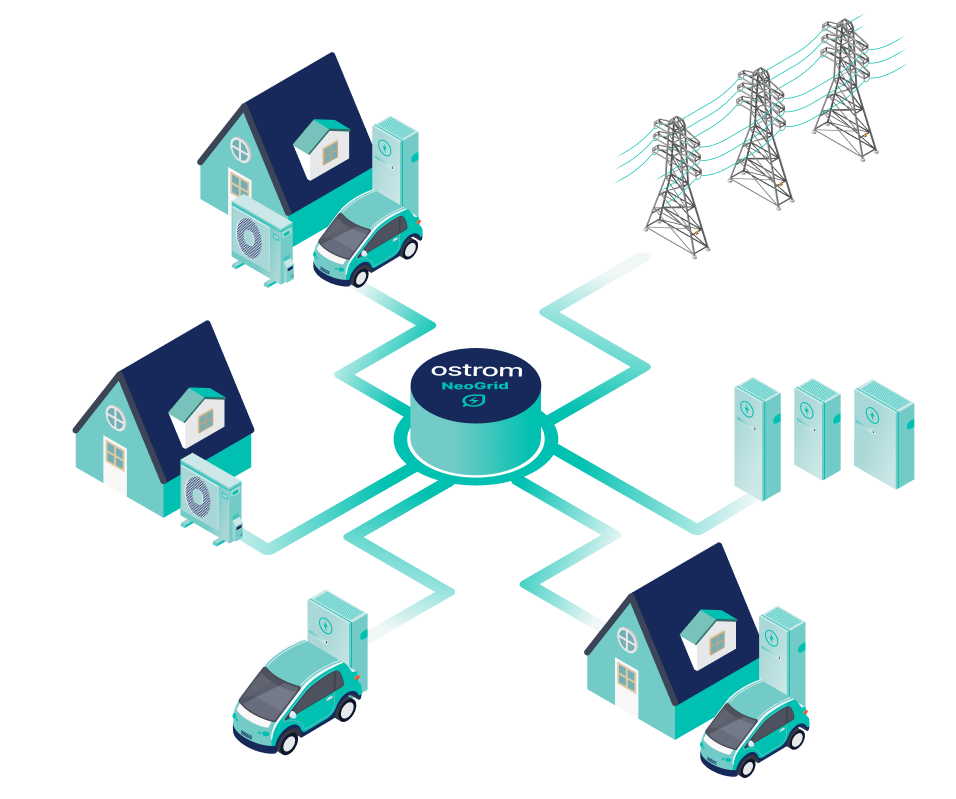
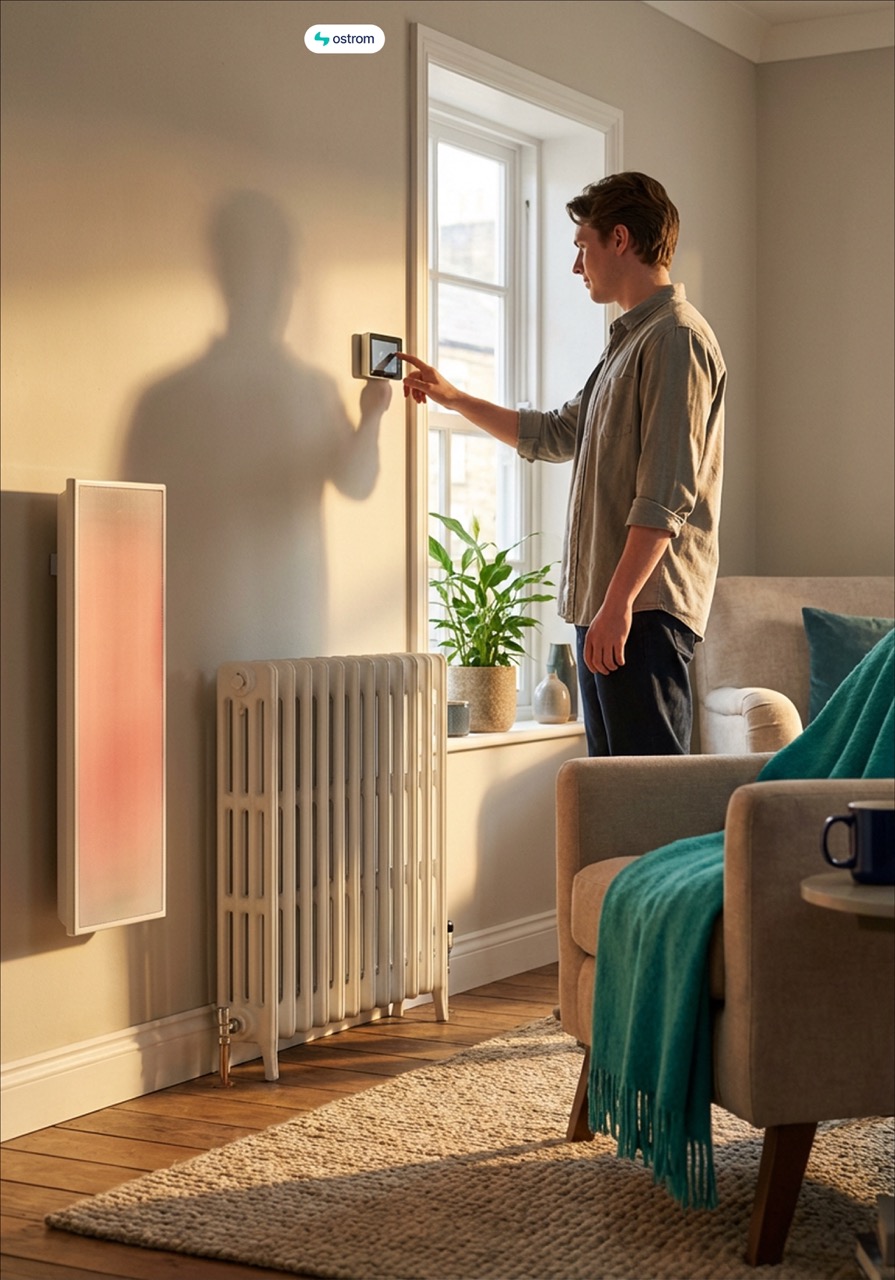




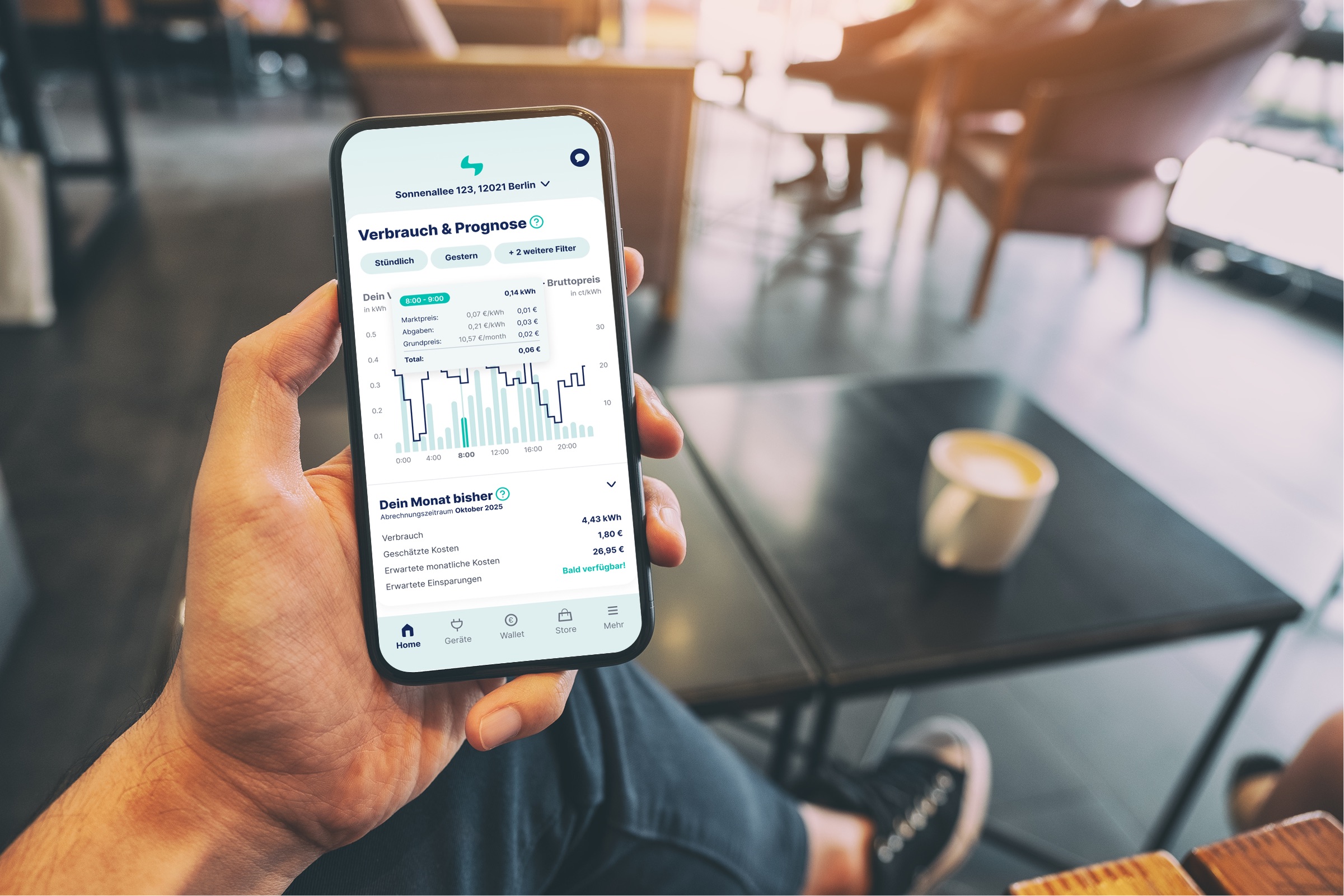
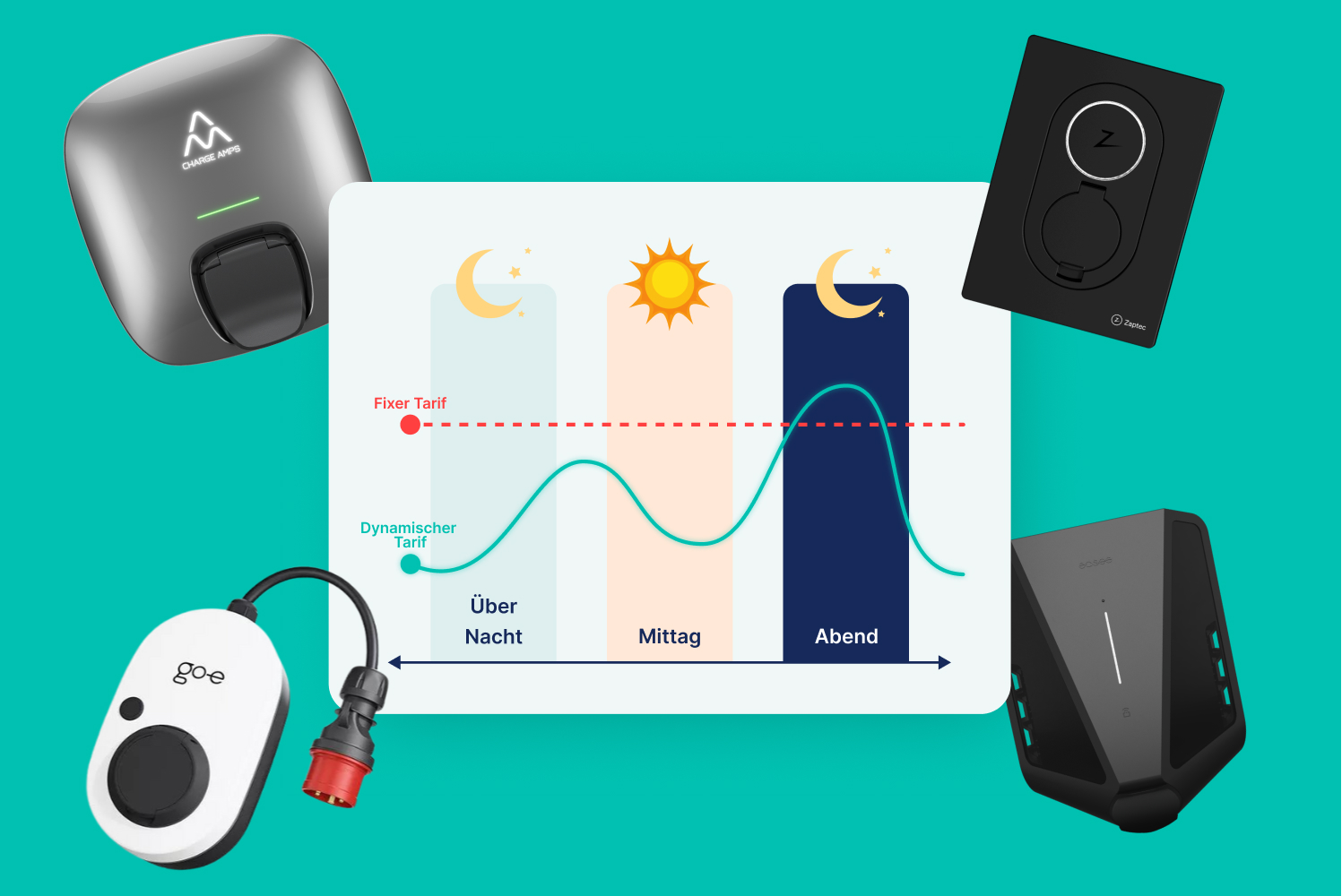
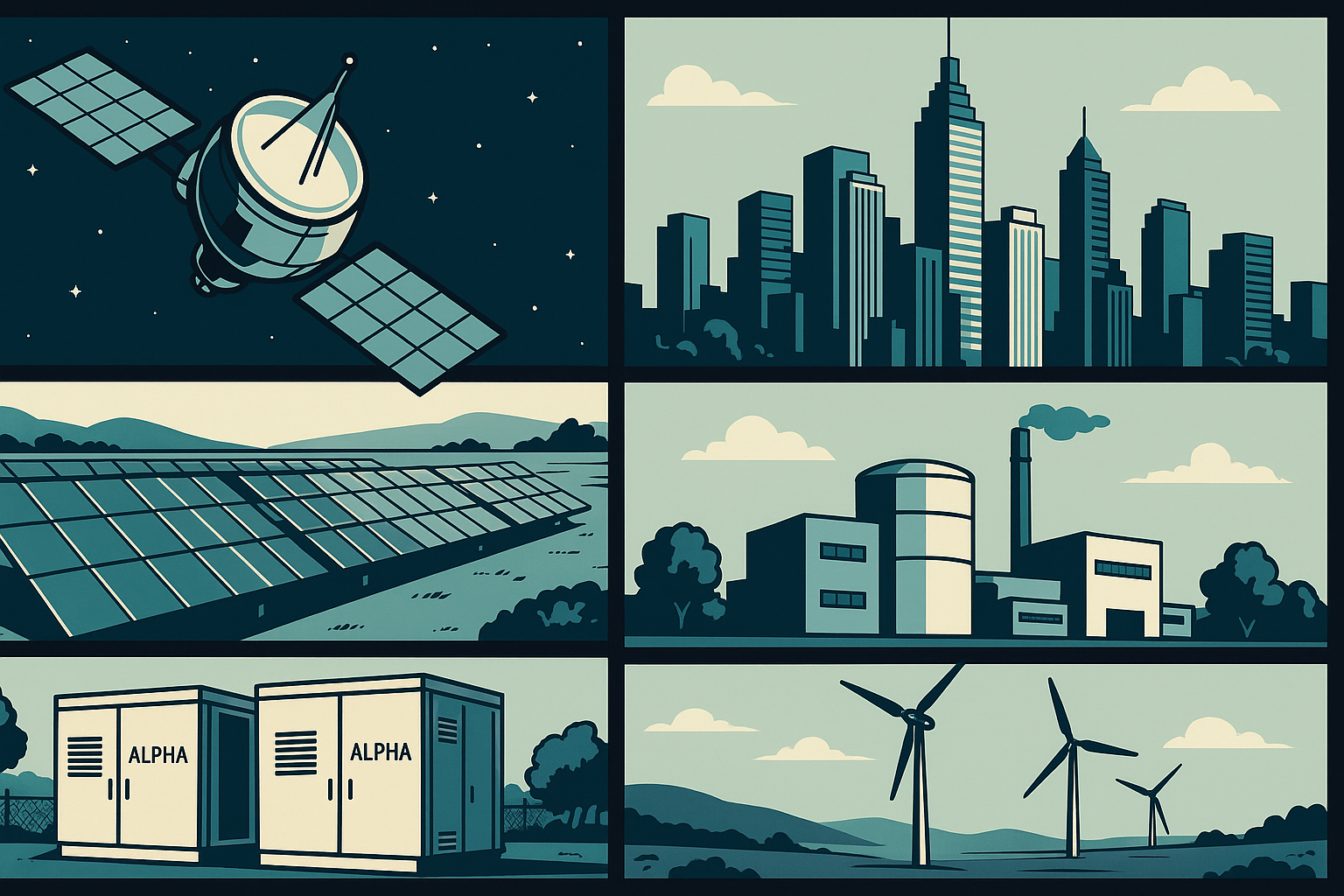


.avif)